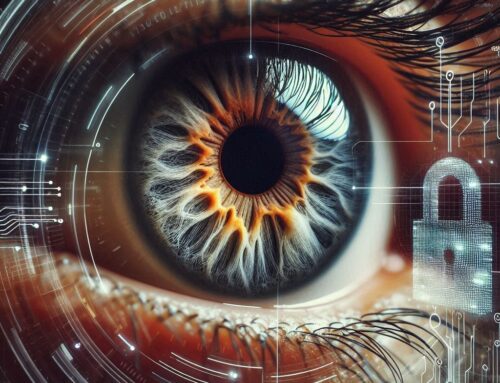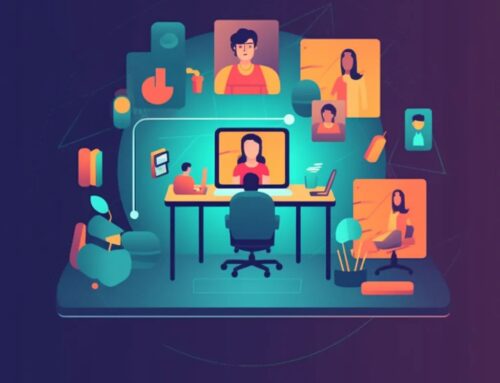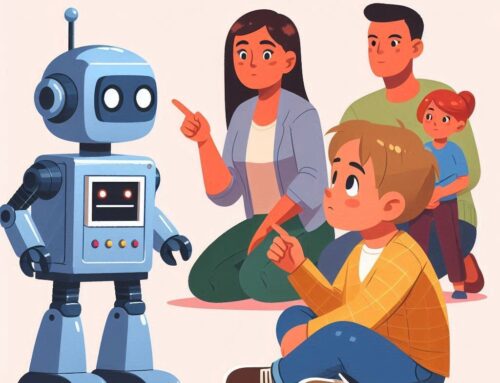Do you remember the time when you had to memorize the multiplication table? Or when you had to carry a huge street guide in the car to avoid getting lost? To find out the temperature of the day, the movie playing at the cinema, or even the results of football matches, we would rely on the printed newspaper. Notes, agendas? Always on paper.
The virtual universe along with the internet changed all of that. We have become accustomed to using calculators, which come pre-installed on smartphones, GPS, weather apps, movie previews in teasers and trailers, and virtual tables for sports and games. An endless array of notepads and agendas “installed in the palm of our hand.” From there, it was just a step to virtual, augmented, and extended reality.
Virtual reality (VR) places the user in a fully virtual environment. This technology allows us to immerse ourselves in games, scenarios, and places as if we were actually there. The experience can be achieved through the use of special goggles or simulators designed to create the illusion of being in environments created for games, simulate race tracks, airplane flights, or simply place anyone inside a museum.
Augmented reality (AR) is a blend of the virtual world with the real world. From the virtual world, augmented reality projects images, text, graphics, or information onto the real world. Would you like examples? Filters like those on Instagram and Facebook or games like Pokémon Go. Do you know the widely used QR Code? It is an augmented reality for a large amount of information or images in a simple encoded square.
And extended reality (XR)? Yes, this is where virtual reality and augmented reality find fertile ground for their possibilities. The applications are still being discovered, but extended reality can already be seen in simulators for training car and airplane pilots, placing soldiers in combat environments, visualizing human organs, cells, and chemical processes, and even instructing doctors in surgical procedure simulations. That’s why, in education, extended reality helps to enhance technical skills, enable experiences and practices that are closer to reality, and provide a broader scope for learning that goes beyond notebooks, pencils, and books.




